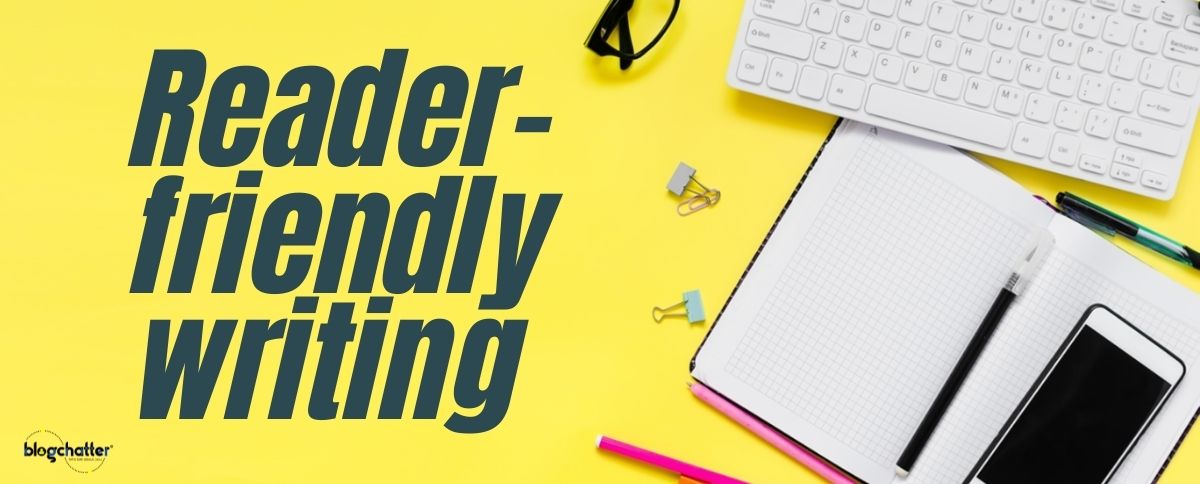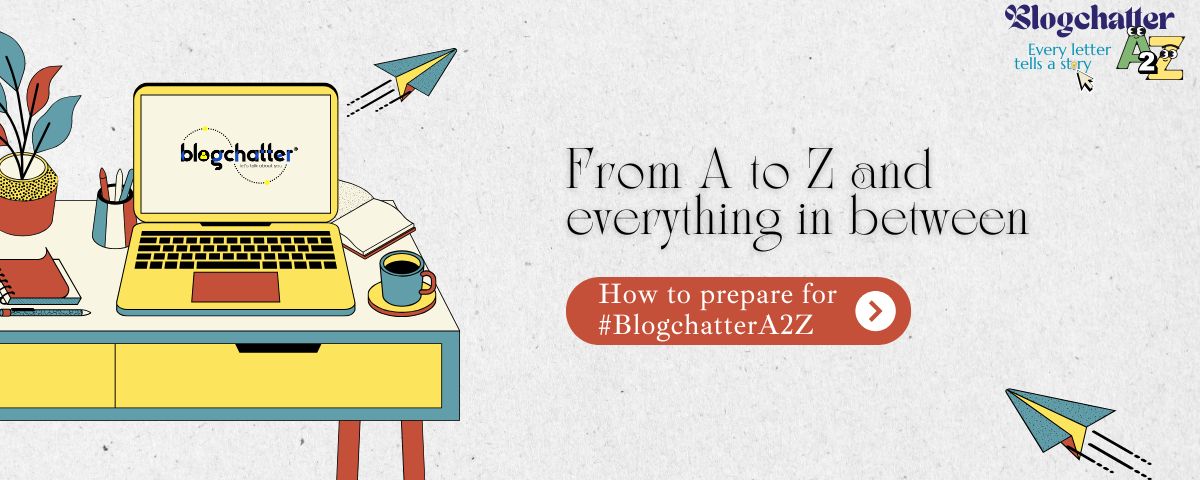I rewrote the manuscript of my novel.
I finished the first-final draft of We Will Meet Again in 2012 and thought, 'Oh, I wrote a novel! And it's...nice.' Was it really nice? I found a website, inviting manuscript excerpt entries: we needed to post the first 800 words of our novel on that website and then wait for the readers' feedback. I submitted and waited with bated breath.
I did receive some feedback and it broke my heart.
Readers called it old-fashioned and that the language wasn't reader friendly. I thought about it as I tried to lift my spirit. But you know what? Now, I feel thankful because it made me see my own work in a new light. And I rewrote it. I'm sure my novel still has flaws but I learnt a lot about the importance of a reader friendly voice.
The definition of 'reader friendly writing' may vary but it basically means a writing style that clicks. Something that's relatable and builds an instant connection.
So how can you build that connection through your writing? Let's discuss some points.
#1 Avoid Purple Prose
'She felt softly grounded in the stillness within her, gently cradled by the harmony around. The purity of the moment was intensified by the coolness of the white marble she lay upon, as the whispering wind playfully caressed her long golden hair. She felt as tranquil and beautiful as the full moon that admired itself in all its glory. Its reflection danced in joy upon the gentle ripples caused by the fragrant breeze sweeping across the pool. The majestic tree above her seemed to bend over as if to look closer, reach out and pay its reverence to the dancing reflection of the enchanted moon.’
I'm not going to mention the book or author, obviously, but tell me how you feel when you read this passage? Don't you think it's too flowery?
Lyrical prose or suitable metaphors make writing beautiful, undoubtedly, but if you over-decorate your language (that's what we call purple prose), it doesn't really work well with the readers.
Why? Because it disrupts the flow of the story and distracts the readers. And to be very frank it gets annoying, at times.
#2 Time
'The crimson sun looks like it's going to kiss the vast, restless ocean. Its reflection glistening over the waves. I love how the pinkish hue of sunset settles on your face so comfortably.'
Or try this:
'The radium dial of the wall clock showed 2:35 am. Her husband left for an official tour yesterday and just 3 hours ago, he had called...'
Time creates a lovely ambience and imagery.
And this ambience and imagery help the readers connect with the writing. Whether it's a scorching afternoon or early misty morning of January, or a pleasant Sunday evening or even the time the wall clock tells...try to express these things through your writing.
#3 Senses
'The house is filled with pleasant silence and the aroma of aloo paratha and coffee. Twittering birds are breaking the silence occasionally. She could see the frolicking sparrows in the backyard.'
Or this:
'Right then, I hear a deafening sound, like someone has hit something with a heavy object. Again, again and again. The sound seems to be traveling to me, hitting my ears with painful ringing.'
Fragrance has a deep connection with memories. Sound builds intrigue, triggers alertness. And touch evokes certain kinds of emotions.
Using the five senses makes your writing authentic. Even the sixth sense. It builds psychological pressure and engages the readers.

#4 Relatable characters
I believe it's the characters that make the story interesting. More than the plot, actually.
Create real characters. Create convincing situations for them.
Their habits, the way they react, the way they speak and their backstories...keep these things in mind when you are creating a character. Don't shy away from making things difficult for them or giving them scenarios where they don't cope very well.
#5 Natural dialogues
If characters make a story interesting, then what makes a character interesting? Appearance? Not really. Their dialogues. Things they say. The way they respond.
I was reading a book recently. The plot was nice, the writing was beautiful and authentic but one thing that bothered me was the dialogues. They were passages actually, too long and tedious. We don't really talk like that, do we?
Dialogues should feel like conversation. No matter how clichéd the plot is, interesting characters and endearing conversations make the book likeable.
And when I talk about good conversation, three books come to my mind that I read recently. ‘My Name is Anton’ by Catherine Ryan Hyde, ‘Love at First’ by Kate Clayborn, and ‘The Car Share’ by Zoe Brisby. The dialogues/conversation in these books were so interesting and engaging that I was actually looking forward to what they would say next.
And of course, wit and humour work wonders.
#6 Short chapters
Whenever I read on my Kindle device, I always keep my reading progress as 'time left in chapter'. We tend to finish a chapter before bookmarking it.
Short chapters make the read easy and breezy. Things usually change with the chapter (and it should, of course) and if you take too much time to change the setting/mood/scene, it might get monotonous.
So keep the chapters short. It breaks the monotony, and the cliffhangers keep the readers curious.
That’s all from my side. Tell me what works for you?







Comments
Great tips, @Tarang!
Short chapters is my most favorite of all time!! Loved reading the blog and its the one blog which i can share with everyone https://bloggingtogenerations.blogspot.com/
Very useful tips, can be followed easily.
Wow, these are some pro tips. Thank you Tarang????
It's so true what you have said....I often find myself reading purple prose and drifting away to probably the next thing...loved the idea of using the senses in the story line...
Raunica Baweja Glad you like the idea. Thank you very much for reading. :)
I totally agree with this and thanks for sharing this in detail.????????
sukaina majeed Glad you agree. Thank you for reading. :)
Useful tips. Thank you.
Arti Jain Thank you! :)
I like all your suggestions. Thank you
Prasannakumary Raghavan I'm glad you liked the article. Thank you! :)
Insightful post, very helpful tips for all the writers.
Archana Srivastava Glad you found it helpful. Thank you! :)
Insightful.
jaideep khanduja Thank you for reading.
Useful tips
Manali Desai Thank you!